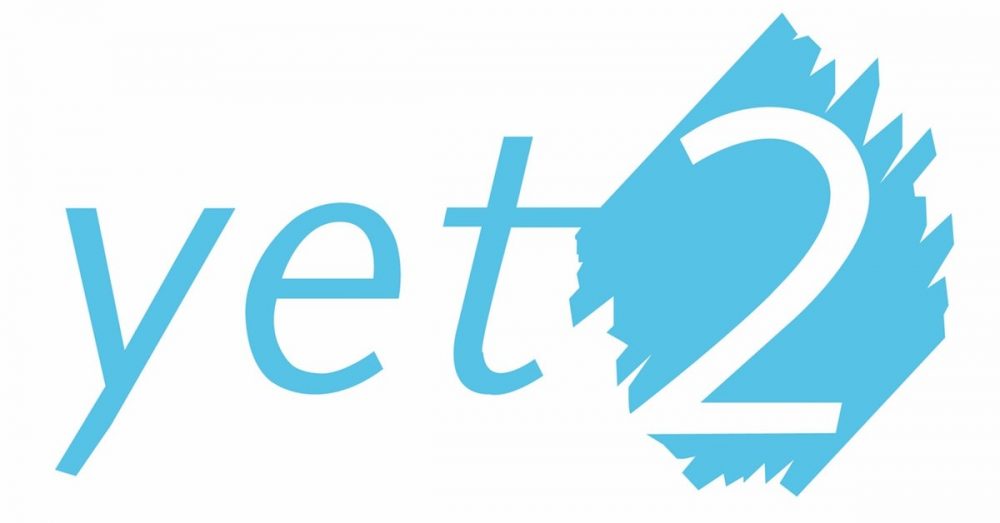No longer accepting submissions.
Overview
The Bureau of Reclamation is exploring new technologies to control water temperature of reservoir release flows. These technologies are needed to reduce installation and maintenance costs and to meet temperature objectives better or more easily.
Background
Temperature control of reservoir release flows better positions operators to comply with water quality requirements and biological opinions, and to reduce potential impacts to species protected under the Endangered Species Act.
Dams influence downstream riverine temperature regimes. Water stored behind high-head dams can become thermally stratified, meaning that there is a warmer water layer at the top of the water column (epilimnion) and cooler water at the bottom of the water column (hypolimnion). These layers are separated by a metalimnion (also called a thermocline) which limits normal convection circulation and prevents the hypolimnion from being mixed. Temperature can widely vary from the water surface to the reservoir bottom. Fixed-flow release locations at a dam only withdraw water at certain elevations and affect water temperature and quality of releases during certain times of the year. Released water may be too warm or too cold for optimal habitat and survival of fish species downstream of an impoundment.
Reclamation currently employs selective withdrawal devices and operational techniques at facilities to address downstream temperature requirements. Temperature control devices are costly to install and maintain.
Constraints/Considerations
Required
- Technologies could involve direct heating or cooling of fluids (e.g. heat exchange devices, chillers) or methods to prevent warming or cooling of fluids (e.g. solar reflection, coatings, coverings).
- Minimum environmental impact.
- Meet safety considerations for the operation and maintenance of the technology by employees.
Desired
- Low cost – installation and long-term operations and maintenance.
- Low maintenance effort.
- Easily scalable.
Possible Solution Areas
- Interested in ways that water temperature is controlled (cooled or heated) in any industry that can be related to water resources projects (e.g. dams, canals, large conveyance pipes).
- Applicable technologies related to oil and gas pipelines or process water or wastewater effluent.
- Application of known solutions to deep, stratified reservoirs (e.g. destratification devices, surface pumps and draft tube mixers, warming basins, floating intakes, multi-level outlets).
- Reservoir fill and release strategies.
- Heat exchange devices.
- Economical mechanical cooling.
- Liquid air energy storage.
- Limiting reservoir heating (e.g. solar reflection).
Desired Outcome of the Solution
Looking for temperature control devices, at any development stage, to provide either warming or cooling of water, or both if possible.
Field of Use and Intended Applications
Water temperature control options for reservoir release flows.
Previously Attempted Solutions
Reclamation currently uses gated selective withdrawal devices to provide the ability to selectively withdraw water through outlets or gates at various elevations in the water column to address both warmer and colder water needs downstream. Reclamation also uses flexible temperature curtains to control mixing and provide for withdrawal at a specified elevation.
All the previously mentioned solutions involve either high costs of installation and maintenance or may not be able to meet downstream temperature objectives under certain hydrologic conditions. Reclamation is aware of technologies that have been applied at other reservoirs (e.g. destratification devices, surface pumps and draft tube mixers, warming basins, floating intakes, multi-level outlets), but they are difficult to apply to large dams. Solutions in these areas would only be useful if significant improvements are suggested.
